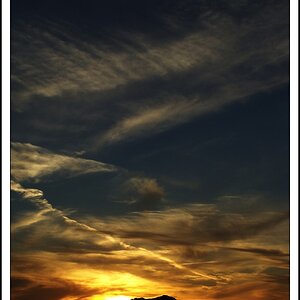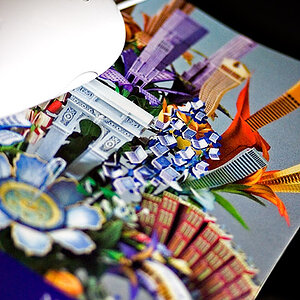prodigy2k7
No longer a newbie, moving up!
- Joined
- Apr 22, 2008
- Messages
- 1,668
- Reaction score
- 22
- Location
- California, USA
- Can others edit my Photos
- Photos OK to edit
Side by side comparisons
Part II - Controlled tests
Take a look at how the two cameras, 5D-III and D800, handle shadow recovery of the same,exact, high-contrast scene. The Nikon blows the Canon away.
As Fred Miranda himself wrote, "Obviously, the Nikon D800 is in a totally different league. Absent of color noise or any pattern, this image reveals Nikon's exceptional performance."
And also wrote,"There is no question that the D800 does not disappoint in signal to noise ratio (SNR) at low ISO and has higher dynamic range. I'm still shocked by the differences."
TBH thats really sad. Why cant canon fix this by now?



![[No title]](/data/xfmg/thumbnail/38/38725-bdf734721ecaad862bb3e3a856c81df5.jpg?1619738702)
![[No title]](/data/xfmg/thumbnail/38/38729-27329be54dcb93a3723bad97259e6428.jpg?1619738702)
![[No title]](/data/xfmg/thumbnail/41/41765-153b10bab62ae8adbcc4d984fd08ed74.jpg?1619739885)







